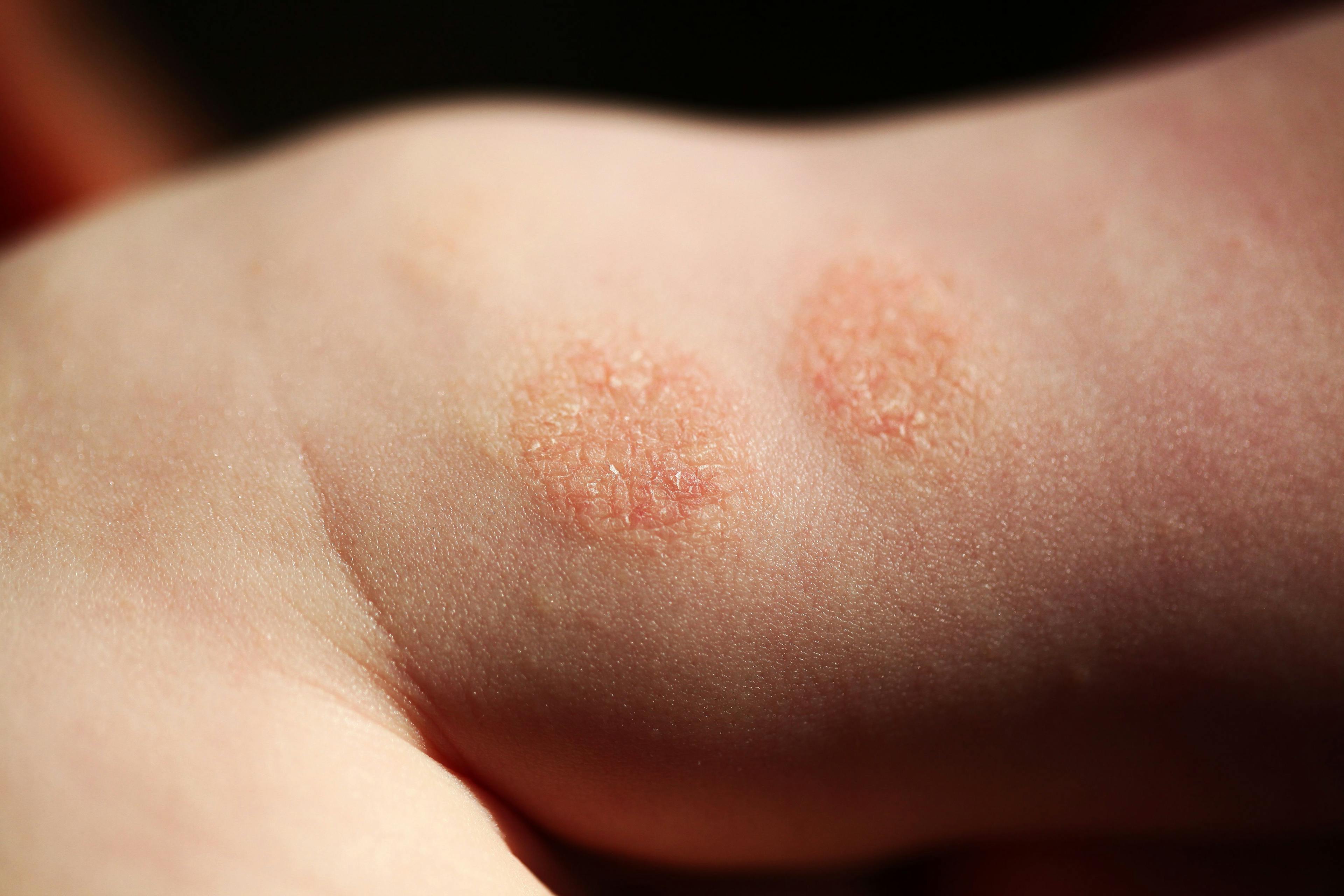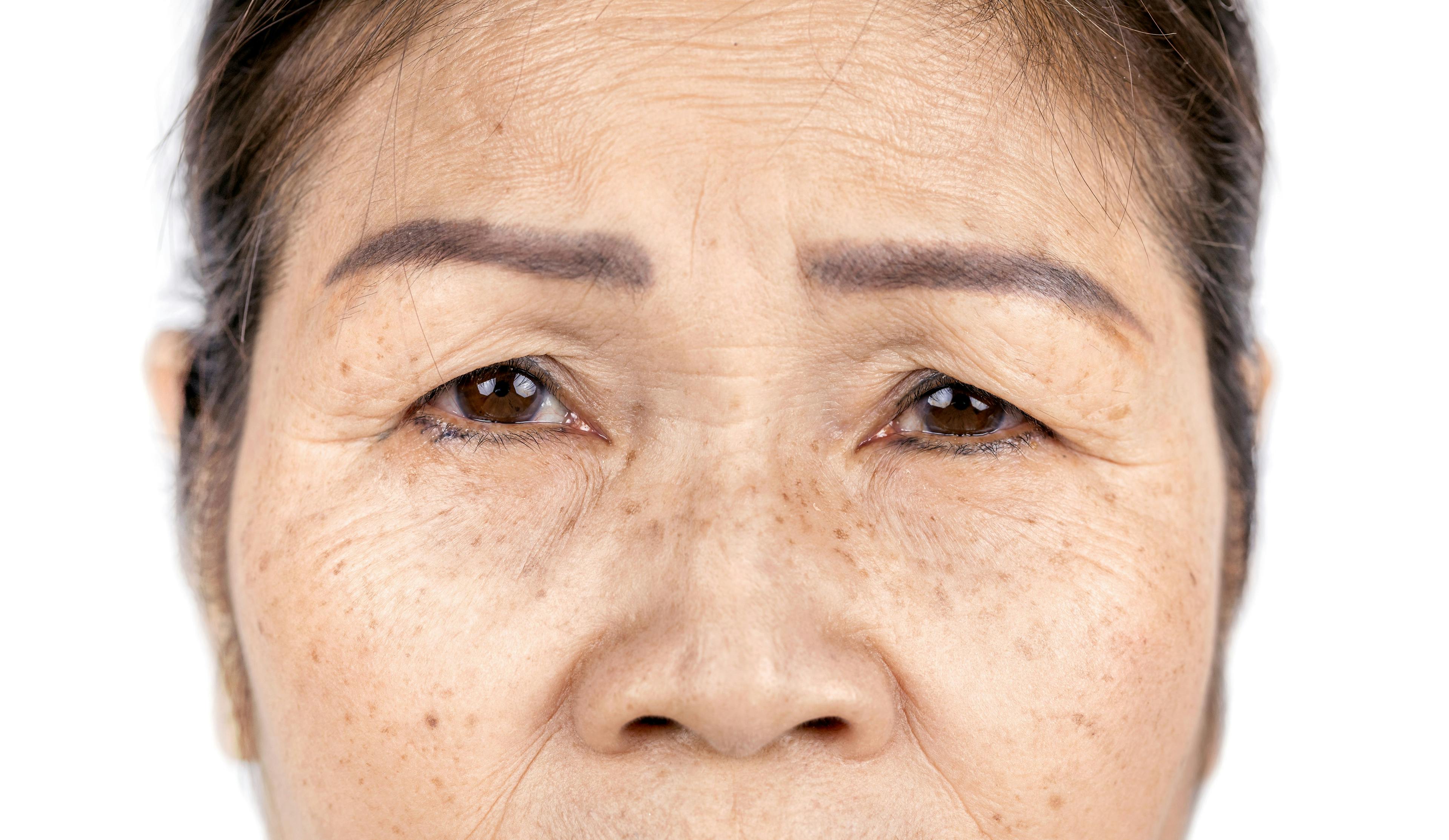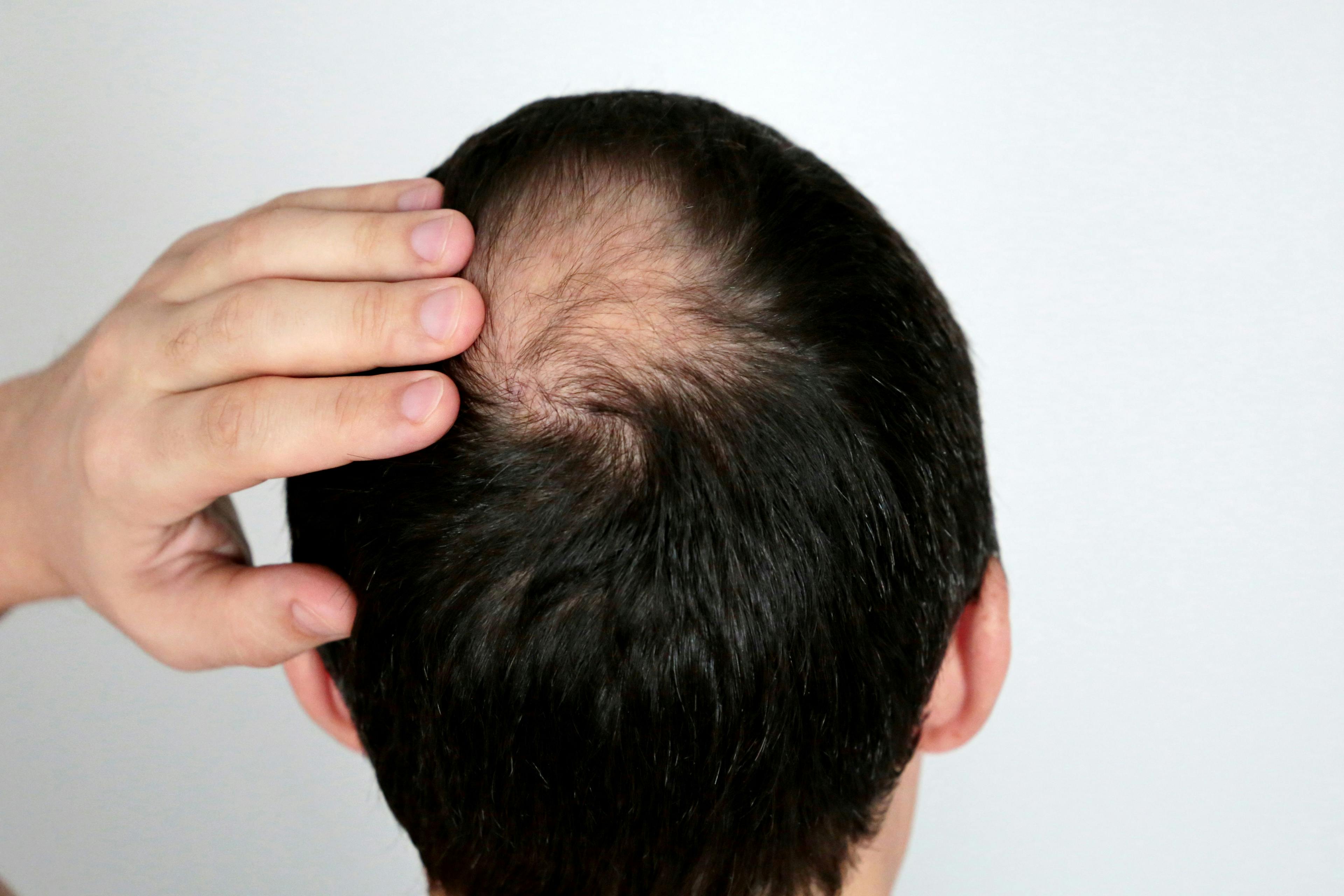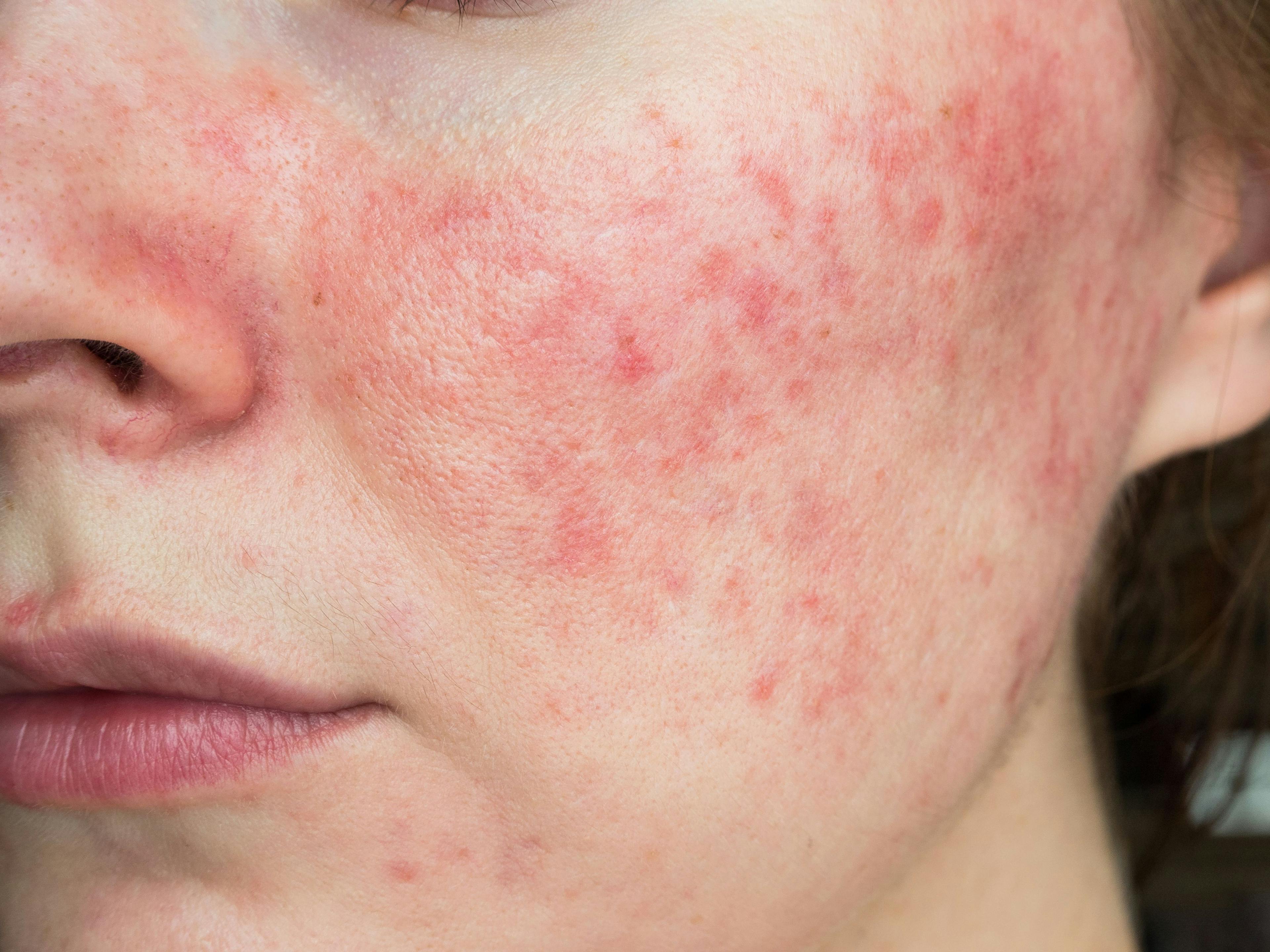- Acne
- Actinic Keratosis
- Aesthetics
- Alopecia
- Atopic Dermatitis
- Buy-and-Bill
- COVID-19
- Case-Based Roundtable
- Chronic Hand Eczema
- Chronic Spontaneous Urticaria
- Drug Watch
- Eczema
- General Dermatology
- Hidradenitis Suppurativa
- Melasma
- NP and PA
- Pediatric Dermatology
- Pigmentary Disorders
- Practice Management
- Precision Medicine and Biologics
- Prurigo Nodularis
- Psoriasis
- Psoriatic Arthritis
- Rare Disease
- Rosacea
- Skin Cancer
- Vitiligo
- Wound Care
Publication
Article
Dermatology Times
The Challenges of Generalized Pustular Psoriasis
Author(s):
At the 2022 National Infusion Center Association Annual Conference, Kelly Gordon, PharmD, answered why diagnosing GPP is so difficult and what to look for to optimize patient care.
There are many kinds of psoriasis ranging from plaque psoriasis to generalized pustular psoriasis (GPP) and each form has their own risk factors and prevalence in the patient population. Kelly Gordon, PharmD, senior associate director of immunology, clinical development, and medical affairs at Boehringer Ingelheim, dove into why GPP can be especially challenging when considering the lack of consensus on how to diagnose the disease.1
Although GPP has been defined as a disease since 1910, the clinical aspects of the disease are not as well understood as they could be.2 According to Gordon, female patients are more often affected by this disease than their counterparts and the onset of symptoms is usually between 40 to 60 years. She further explained that “if there is a genetic predisposition, patients can present much earlier in life and sometimes as early as 1 month of age, although this is quite rare.”
The prevalence of GPP—which is a rare neutrophilic skin disease which is characterized by widespread erection of sterile cholesterols—is between 0.004% to 0.046% and this condition has a mortality range of 2% to 16%.3-10 Gordon also said that it may affect as many as 12% of those who have plaque psoriasis, and moreover, 70% of patients who have GPP also have plaque psoriasis.2
“The clinical course [of GPP] is heterogeneous, and it can be characterized as a relapsing disease, with recurrent flares or persistent disease with intermittent flares,” said Gordon.
Knowing these facts, how can physicians better diagnose GPP?Gordon pointed out that GPP is characterized by its rapid onset of sterile pustules, which when the patient does have plaque psoriasis, do not appear on the plaques.
“Patients can present with fevers which is an important aspect because these patients are noninfectious,” she said. The fever is caused by the inflammation of the skin and not an infection. Patients with GPP can have flares that last from 1 month to several years because of the disease’s recurring nature. It can occur with or without psoriasis vulgaris or systemic inflammation. Gordon also noted that it is associated with 3 clinical characteristics pustules, erythema, and scaling.
There are many potential triggers to disease such as:
- Medications (beta-blockers, tumor necrosis factor (TNF) blockers, etc)
- Environment (excessive exposure to sunlight)
- Infections (respiratory viral infections or retroviral infections)
- Genetic mutations (interleukin (IL)-36 receptor, CARD14, or AP1S3) “More than one-third of the patients with GPP carry a variant in one of these three genes,” said Gordan
- Pregnancy
- Stress
While this information is widely known, there is a lack of consensus on the diagnosis of the disease both in the United States and internationally, which can cause a delay or confusion in diagnosis, said Gordon. The aspects most agreed on for the disease are that patients will present with a noninfectious fever, and they will present with generalized pustules that are sterile and typically localized to the trunk.
Laboratory tests can be helpful in diagnosis, but Gordon cautioned that there is no one test to determine if a patient has GPP. “So it's important to look at the whole patient and the whole picture,” she advised What lab tests such as an immunoglobin (Ig)G or IgA test—can do, according to Gordon, is determine the severity of the disease as oftentimes patients have raised IgG or IgA levels.
The not well-defined process and lack of consensus in international guidelines are not the only issues with this disease. It also impacts the patient’s quality of life [QoL]. Patients have reported GPP affects their social relationships, mental health, work environment, sexual activity, and their ability to perform their daily life activities, Gordon explained. These patients’ life quality burden from GPP is comparable to major medical or psychiatric illness.11
“[A] patient said that they feel like their whole body is on fire,” Gordon said. “And one patient also mentioned that they had had fevers and aches big, huge waves of searing pain, and they wanted to die because it hurt so badly,” said Gordon
The flares and systemic symptoms associated with GPP significantly impact the patient's QoL, Gordon explained, and further research is needed to better understand not only the burden of disease, but also the health-related QoL outcomes in patients with GPP. There is a pressing need for the development of treatments to reduce the overall burden of GPP not only for patients, but also for their family and their caregivers, Gordon said.
Reference
- Gordon K. Generalized Pustular Psoriasis: A Disease Overview. Presented at: 2022 National Infusion Center Association Annual Conference; June 17-18, 2022, New Orleans, Louisiana.
- Zheng M, Jullien D, Eyerich K. The prevalence and disease characteristics of generalized pustular psoriasis. Am J Clin Dermatol. 2022;23(1):5-12. doi:10.1007/s40257-021-00664-x
- Kubota K, Kamijima Y, Sato T, et al. Epidemiology of psoriasis and palmoplantar pustulosis: a nationwide study using the Japanese national claims database. BMJ Open. 2015;5(1):e006450. doi:10.1136/bmjopen-2014-006450
- Schäfer I, Rustenbach SJ, Radtke, et al. [Epidemiology of psoriasis in Germany--analysis of secondary health insurance data]. Gesundheitswesen. 2011;73(5):308-313. doi:10.1055/s-0030-1252022
- Augey F, Renaudier P, Nicolas JF. Generalized pustular psoriasis (Zumbusch): a French epidemiological survey. Eur J Dermatol. 2006;16(6):669-673.
- Tay YK, Tham SN. The profile and outcome of pustular psoriasis in Singapore: a report of 28 cases. Int J Dermatol. 1997;36(4):266-271. doi:10.1046/j.1365-4362.1997.00170.x
- Borges-Costa J, Silva R, Gonçalves L, Filipe P, Soares de Almeida L, Marques Gomes M. Clinical and laboratory features in acute generalized pustular psoriasis: a retrospective study of 34 patients. Am J Clin Dermatol. 2011;12(4):271-276. doi:10.2165/11586900-000000000-00000
- Zelickson BD, Muller SA. Generalized pustular psoriasis. A review of 63 cases. Arch Dermatol. 1991;127(9):1339-1345.
- Choon SE, Lai NM, Mohammad NA, Nanu NM, Tey KE, Chew SF. Clinical profile, morbidity, and outcome of adult-onset generalized pustular psoriasis: analysis of 102 cases seen in a tertiary hospital in Johor, Malaysia. Int J Dermatol. 2014;53(6):676-684. doi:10.1111/ijd.12070
- Ryan TJ, Baker H. The prognosis of generalized pustular psoriasis. Br J Dermatol. 1971;85(5):407-411. doi:10.1111/j.1365-2133.1971.tb14044.x
- Cro S, Smith C, Wilson R, et al. Treatment of pustular psoriasis with anakinra: a statistical analysis plan for stage 1 of an adaptive two-staged randomised placebo-controlled trial. Trials. 2018;19(1):534. doi:10.1186/s13063-018-2914-y

Newsletter
Like what you’re reading? Subscribe to Dermatology Times for weekly updates on therapies, innovations, and real-world practice tips.

























